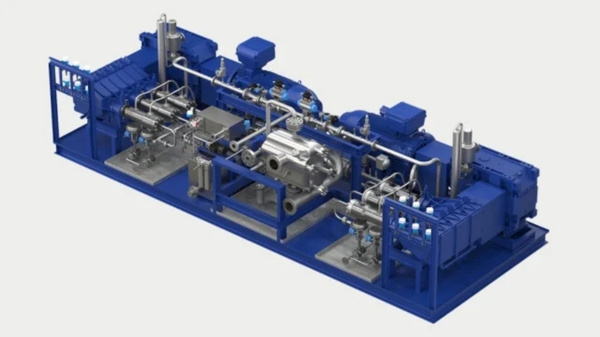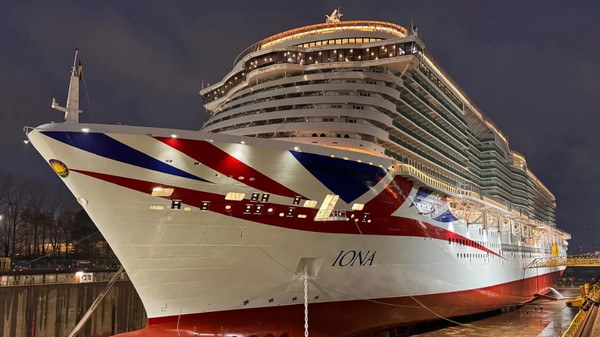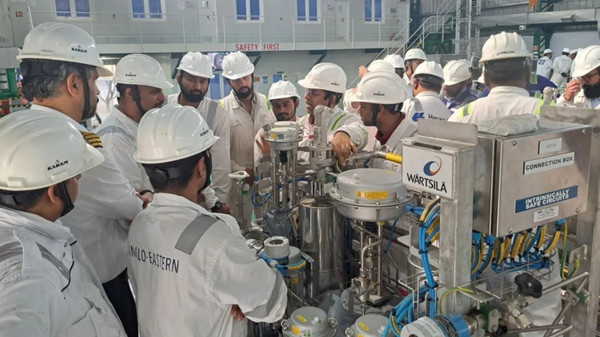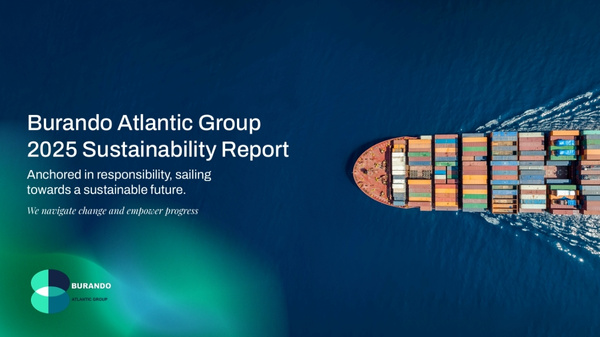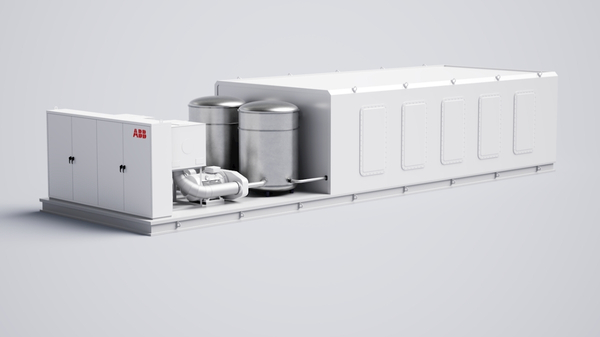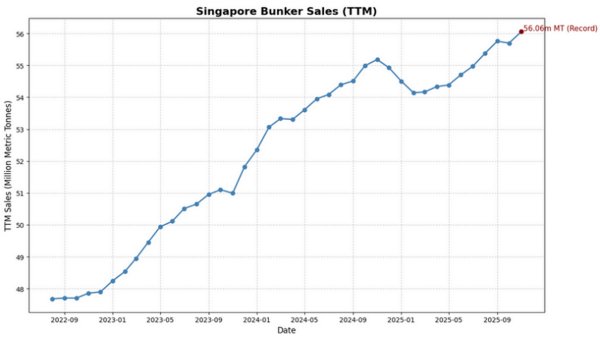Source: Gard
Protection and indemnity (P&I) insurer
Gard aims to address in this article the issues faced by members when taking bunkers in Singapore following the mandatory implementation of mass flow meters (MFM) for bunker suppliers. The introduction of mandatory use of MFMs was intended to address frequent quantity disputes arising between the bunker barge and the receiving vessel, although issues remain.
Causes of the discrepancies
There have been two main causes of the discrepancies when using the mass flow meter;
- Operational practices by the bunker barge operators, and
- Limitations of the equipment itself.
Operational practices
Gard has received reports indicating that some bunker barges were found to syphon fuel back to their tanks via pipe connections between the flow meter and the outlet flange going to the ship manifold. In such circumstances the MFM reading will be higher than the amount actually received by the ship's bunker tanks.
The Maritime Port Authority of Singapore is currently investigating these issues and has suspended several barges from operations until completion of the investigation. It is worth noting that an MPA-certified bunker barge should have all connections between the flow meter and the shipside blanked off and sealed as part of the certification.
Limitations of the MFMs
Some vessels have recently reported quantity difference exceeding their past experience. Some bunker surveyors have studies the discrepancy between the MFM readings and the vessel received figures for a duration of time. Out of 24 cases of discrepancies over the duration, the maximum discrepancy was 57.24 MT and minimum 6.79 MT. The average discrepancy, in the disputed cases, was approximately 19 MT.
These discrepancies can be due to:
- Errors in the tank calibration tables for the receiving vessel.
- Errors in the MFM's measurement of the flow rate.
Any errors in the tank calibration of the vessel would be consistent with or without the MFM. To identify this issue a vessel experience factor (VEF) from her previous bunkering operations should be taken into account.
Errors in the MFM reading can also account for such discrepancies. All MFMs have a maximum and minimum flow rate, commonly known as 'Qmax' and 'Qmin' respectively. These limits define the operational accuracy within which the system is qualified to operate. In other words, if the flow rate of the liquid is outside these limits, the calibration of the equipment may not be accurate. It is seldom that the flow rate exceeds the Qmax, as it is usually about 1,000 t/h (forward flow). However, during stripping of the bunker barge's tanks, the flow rate can frequently fall below the Qmin. The longer the duration of the stripping, the more likelihood of a discrepancy between the MFM and the ship's received figures.
Additionally, MFM parameters such as Damping, Drive Gain, Low Flow Cut Off Value & Air Index can affect the accuracy of measurement if they exceed the manufacturers' recommended limits during the bunkering operation.
While stripping of the bunker tanks is allowed under the TR48 (Technical Reference For Bunker Mass Flow Metering), it has been noted that prolonged stripping operations causes frequent fluctuations in the flow rate with several instances of the flow rate falling below the Qmin. It has also been observed that some bunker barges conduct stripping operations in the middle of bunkering which is not permitted under TR48 and can lead to measurement uncertainty.
Recommendations
To ensure that bunker barge operators comply with all the necessary requirements, Gard recommends the following;
1. Compare the certificate of the MFM with the actual equipment fitted on the barge (comparing the serial number) to verify that the certificate is for the equipment actually fitted.
2. Seal checks: there are a number of seals, up to 20 in some cases, fitted on the MFM and other piping on the barge. These seals have to be checked and verified before every delivery.
3. The bunker surveyors should inspect the barge piping, especially around the manifold areas for any drain lines, fittings or stub pieces from where bunker oil may be tapped back into the barge tanks. If any such fittings are found, the surveyors are instructed to seal any valves leading to such fittings and report the vessel's chief engineer to the Maritime Port Authority of Singapore. The surveyor should also ensure that the Meter Totalizer Log is available for inspection as required under TR48.
4. Meter Zero should be the last thing that is done before commencing the bunker delivery and must always be done AFTER the hose has been fitted to the ship's manifold.
5. Where the bunker surveyor has been engaged, the survey report should indicate an evaluation of the meter profile in order to ensure that the basic MFM profile parameters (Qmin, Damping, Drive Gain, Low Flow Cut Off Value & Air Index) are within operating limits.
6. If there is significant discrepancy between the vessel received figures and the MFM figures after having physically verified all the above points, the following actions are recommended:
7. Repeat steps 2 and 3 as stated above.
8. Inform the MPA following the guidelines on 'Mass Flow Meter Dispute Management'
9. Engage an MFM advisor to study the meter profile in detail. This will involve the MFM profile ASCII files, Transmitter Configuration Report etc. The surveyor should also be asked to provide an independent opinion on the validity of the delivered quantity.
In addition to the physical checks, members and clients could consider incorporating protective clauses in their bunker purchase contracts. The protective clauses could include the provision of the need to physically check the bunker quantities on the delivery barge before and after bunkering.


